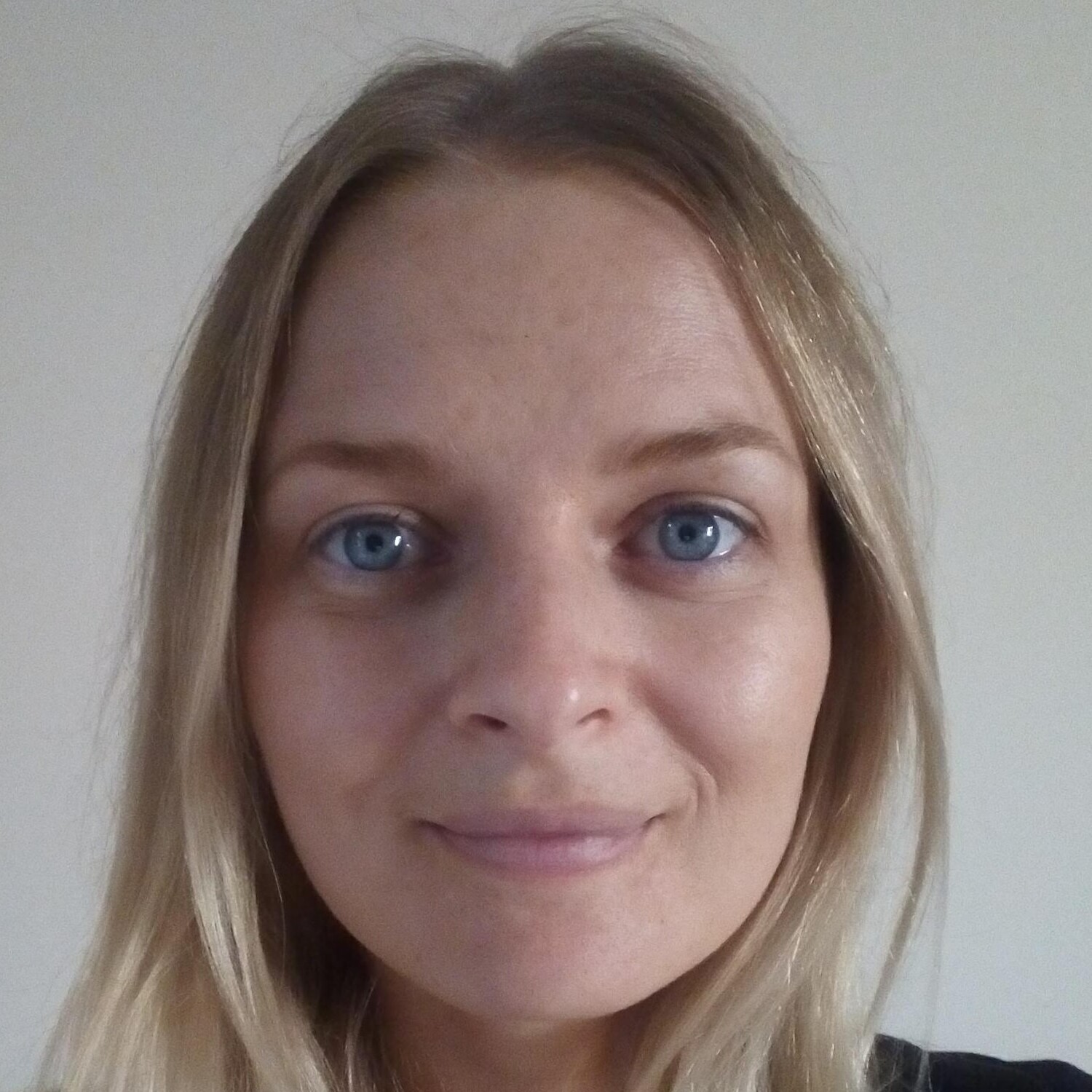What language do Scottish people speak?

If you’re planning a visit to Scotland, you might be wondering what the languages of Scotland are. More than 150 different languages are spoken in homes across Scotland, but a few languages are more widely spoken than others. You’re most likely to hear English being spoken in Scotland, closely followed by Scots. You might also be lucky enough to hear Scottish Gaelic if you’re up in the Highlands, or even catch some British Sign Language (BSL). Let’s look at the languages of Scotland in more detail.
1. Scots
Scots is the second-most spoken language in Scotland. According to the latest census data, about 1.5 million people (just under a third of the population) reported that they could speak Scots. However, only around 1.1% of adults (approximately 55–60 thousand people) said they spoke Scots at home, indicating that many view it as a second language or use it in specific contexts. Scots is closely related to English – so much so that it is often considered a dialect of English rather than a separate language. In fact, some linguists debate its status, but Scots is recognized as a regional minority language by the UK government (and as of 2025, has even been given official language status in Scotland).
Geographic distribution
Historically, Scots was the predominant tongue across the Lowlands of Scotland. Today, Scots speakers are found throughout the Lowland regions, as well as in parts of the Highlands and Northern Isles (for example, Caithness, Orkney, and Shetland). The highest concentrations of people who speak Scots in daily life are in the Shetland and Orkney Islands, and in northeastern areas like Aberdeenshire and Moray. These areas had the greatest proportions of Scots usage at home in the 2011 census. It’s important to note that Scots is not limited only to those regions – it remains an integral part of Lowland speech more broadly – but those communities are where the Scots dialects are strongest today. English is still the main language in the Lowlands, but many residents there speak Scots as a local dialect alongside English.
Doric (Northeast Scots)
One well-known dialect of Scots is Doric, which refers to the variety of Scots spoken in the northeast of Scotland (around Aberdeen and Aberdeenshire). Doric is not a separate language – it is a regional dialect of the Scots language (sometimes called “Mid Northern Scots”). It has a rich vocabulary and literature of its own, and you might hear it if you visit the Aberdeen area. For example, the word “furryboots” (meaning “where about”) is a classic Doric Scots expression. Scots dialects like Doric can sound quite distinct, but they are mutually intelligible with other forms of Scots.
Here are some useful everyday words in Scots to learn:
- fae – from
- fowk – people
- guid – good
- mair – more
2. Scottish Gaelic
In contrast to Scots, Scottish Gaelic (Gàidhlig) is historically associated with the Highlands and Western Isles. Gaelic is a Celtic language, quite different from English. Speakers of Gaelic are still largely concentrated in the north and west of Scotland, especially in the Outer Hebrides (Na h-Eileanan Siar), as well as parts of the Highlands and Argyll regions.
According to the 2011 census, just over 57,000 people in Scotland said they could speak Gaelic. In the most recent census (2022), the number of people reporting Gaelic ability increased. Around 69,000 people said they could speak Gaelic, and approximately 130,000 people (about 2.5% of Scotland’s population) reported some Gaelic language skills (speaking, reading, writing or understanding). These figures come from the official Scotland’s Census 2022 report on Ethnic group, national identity, language and religion.
This modest growth reflects ongoing revival efforts, including Gaelic-medium education, community learning initiatives and increased media presence (such as BBC Alba). As a result, Gaelic continues to play an important cultural and linguistic role in the Highlands, Islands and beyond.
| Scottish Gaelic | Pronunciation | English |
| madainn mhath | mah-DEEN vah | Good morning |
| feasgar math | FESS-gar mah | Good afternoon |
| mar sin leibh | mar SHIN leiv | Bye (formal) |
| Alba | AL-uh-buh | Scotland |
3. English
English is by far the most widely spoken language in Scotland. Over 98% of the population (aged three and over) can speak English and around 92% use only English at home. Scottish English has many distinct regional accents and local slang words, but these are all under the umbrella of English. The term “Scottish English” refers to the varieties of English spoken in Scotland, which have been influenced by Scots. Virtually everyone you meet in Scotland will be able to speak and understand standard English, though you’ll notice some unique expressions.
Curious to learn some Scottish slang? Here are a few fun Scots-inflected English words to get you started:
- auld – old (as in “Auld Lang Syne” meaning “old long since/times gone by”)
- aye – yes (a very common word you’ll hear for “yes/indeed”)
- bonnie – beautiful, pretty (“bonnie lass” = pretty girl)
- gloaming – twilight, dusk (poetic term for evening light)
- greet – cry or weep (“dinnae greet” means “don’t cry”)
- ken – know (“I dinna ken” = “I don’t know”)
- tattie – potato (a staple word in Scottish chip shops!)



4. British Sign Language
Another legally recognised language of Scotland is British Sign Language (BSL). This visual way of communicating is used across the UK and is very closely related to the sign language used in Australia and New Zealand. However, American Sign Language is a completely different language. Watch this video to learn how to sign “Scotland” in BSL.
5. Other languages
It’s not just Scotland’s indigenous languages that are spoken in the country. Scotland is a multicultural society and many people who live there have their roots across the globe. Polish is the most widely spoken foreign language in Scotland, with just under 55,000 speakers in the 2011 census. This number grew rapidly after Poland’s accession to the European Union in 2004.
Chinese languages (including Mandarin and Cantonese) are the next most common, with just under 28,000 speakers. Urdu and Punjabi languages each have just over 23,000 speakers, many from communities dating back to South Asian immigration in the 20th century. Other significant language communities include Arabic, French, Spanish and Russian, among others – reflecting the range of international students and immigrants in Scotland’s population.
It’s interesting to note that languages other than English/Scots/Gaelic are most common in Scotland’s big cities. According to census data, about 12% of people in Glasgow, Edinburgh and Aberdeen reported speaking a language other than English, Scots or Gaelic at home.
The census counts people who are “usually resident” in Scotland , that is, those who have been or intend to be in the UK for 12 months or more, including most long-term students and workers, so these urban multilingual populations are reflected in the official statistics.
What language does Scotland speak?
To sum up, Scotland has four key officially recognized languages: English, Scots, Scottish Gaelic, and British Sign Language. English is the dominant everyday language for the majority of Scots, so any visitor will certainly want to be comfortable in English (plus a healthy sprinkling of Scottish slang to understand the local patter!). However, Scotland takes pride in its other languages too. You’ll earn a warm welcome if you learn a bit of Scots (e.g. replying “aye” instead of “yes”), or a few phrases of Gaelic – especially if you visit Gaelic-speaking areas in the Highlands. Even knowing how to say madainn mhath (“good morning”) in Gaelic or tapadh leat (“thank you”) can delight Gaelic speakers.













